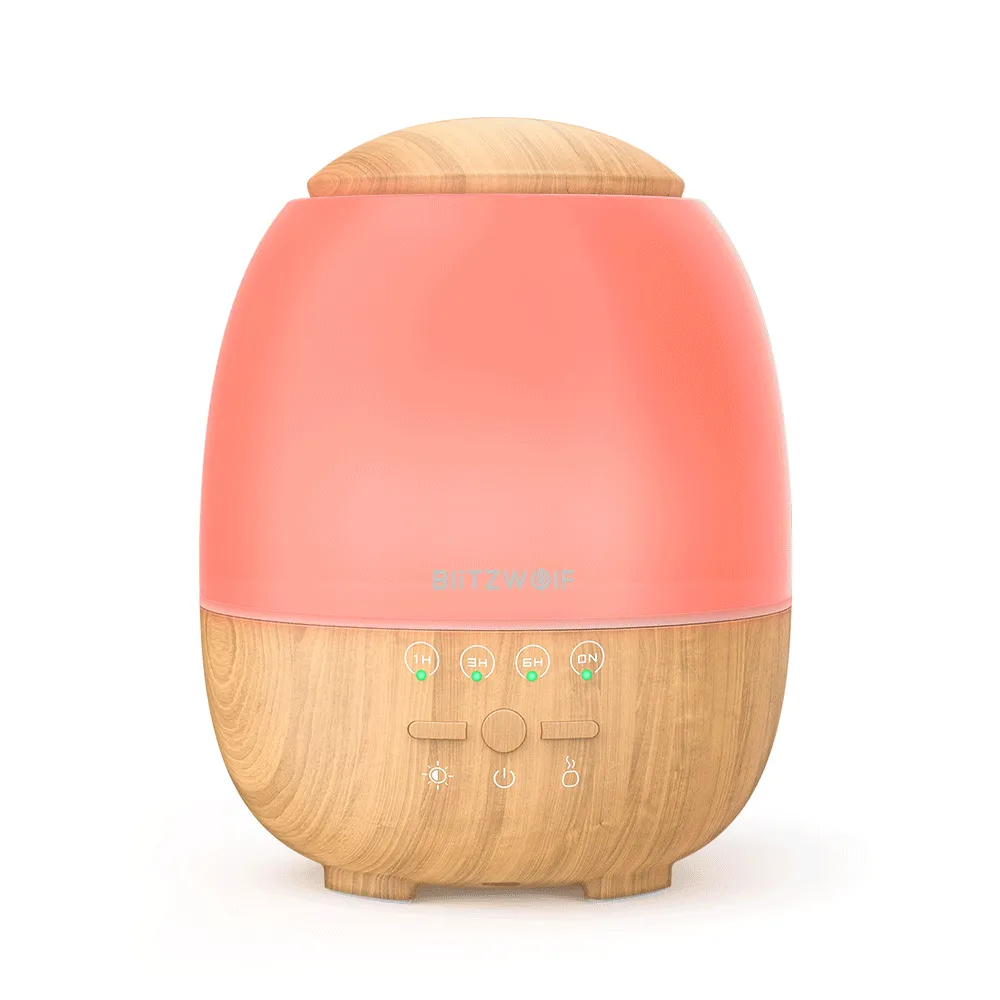
Available from:
Banggood.com
Amazon.de
Aliexpress.com
Install method:
Tuya-Convert
| GPIO # | Component |
|---|---|
| GPIO00 | None |
| GPIO01 | Tuya Tx |
| GPIO02 | None |
| GPIO03 | Tuya Rx |
| GPIO04 | None |
| GPIO05 | None |
| GPIO09 | None |
| GPIO10 | None |
| GPIO12 | None |
| GPIO13 | None |
| GPIO14 | None |
| GPIO15 | None |
| GPIO16 | None |
| GPIO17 | None |
{"NAME":"BW-FUN3","GPIO":[0,2272,0,2304,0,0,0,0,0,0,0,0,0,0],"FLAG":0,"BASE":54}Tuya-Convert might not be possible for this device since the template was added (2021-04-25).
Functions
dpId 1Diffuser on/offdpId 2Strength min/maxdpId 3Count hours (0 = continuous 1 = 1 hour 2 = two hours 3 = three hours)dpId 5LED on/offdpId 6LED mode (rgb_cycle/color)dpId 8For color LED, require 14 char value in hex
Configuration
After applying the template and configuring Wi-Fi and MQTT issue
Backlog TuyaMCU 11,1; TuyaMCU 12,5; TuyaMCU 21,7; TuyaMCU 24,8; TuyaMCU 61,2; TuyaMCU 62,6
After a restart issue the rest of configurations:
Backlog TuyaRGB 3; DimmerRange 1,255; TuyaEnumList 1,1; TuyaEnumList 2,1; Rule0 1
Label webUI buttons and set friendly names for power outputs:
Backlog WebButton1 Diffuser; WebButton2 Light; FriendlyName1 Diffuser Fan; FriendlyName2 Diffuser Light
Rules used to prevent the device going into countdown mode (f.e. using on device controls) and complete MCU status update on restart. Second rule turns on RGB cycle mode instead of using Tasmota light schemes which don’t work with this device.
Rule1 on tuyareceived#dptype4id3!=0 do tuyasend4 3,0 endon on scheme#data!=0 do backlog0 scheme 0; tuyaenum2 0 endon
What you get
Power1turns the diffuser on or off in stored mist strength mode as device power statusPower2controls the light as an RGB Light.TuyaEnum1is for mist strength status and control:0for low /1for highTuyaEnum2is for light mode status and control:0for RGB cycle /1for solid color
Home Assistant configuration
Use blueprint import button then create an automation from the blueprint which will send MQTT discovery payloads to Home Assistant. New entities should appear under the same Device Card in Tasmota integration.
First we need to create a ruleset to send data to specific topics used in HA configurations:
Rule2 on tuyareceived#dptype5id11 do publish stat/%topic%/error %value% endon on tuyareceived#dptype4id2==1 do publish stat/%topic%/fanmode high endon on tuyareceived#dptype4id2==0 do publish stat/%topic%/fanmode low endon
NOTE: verify that dpId11 is used for error reporting. If not change to the right number




